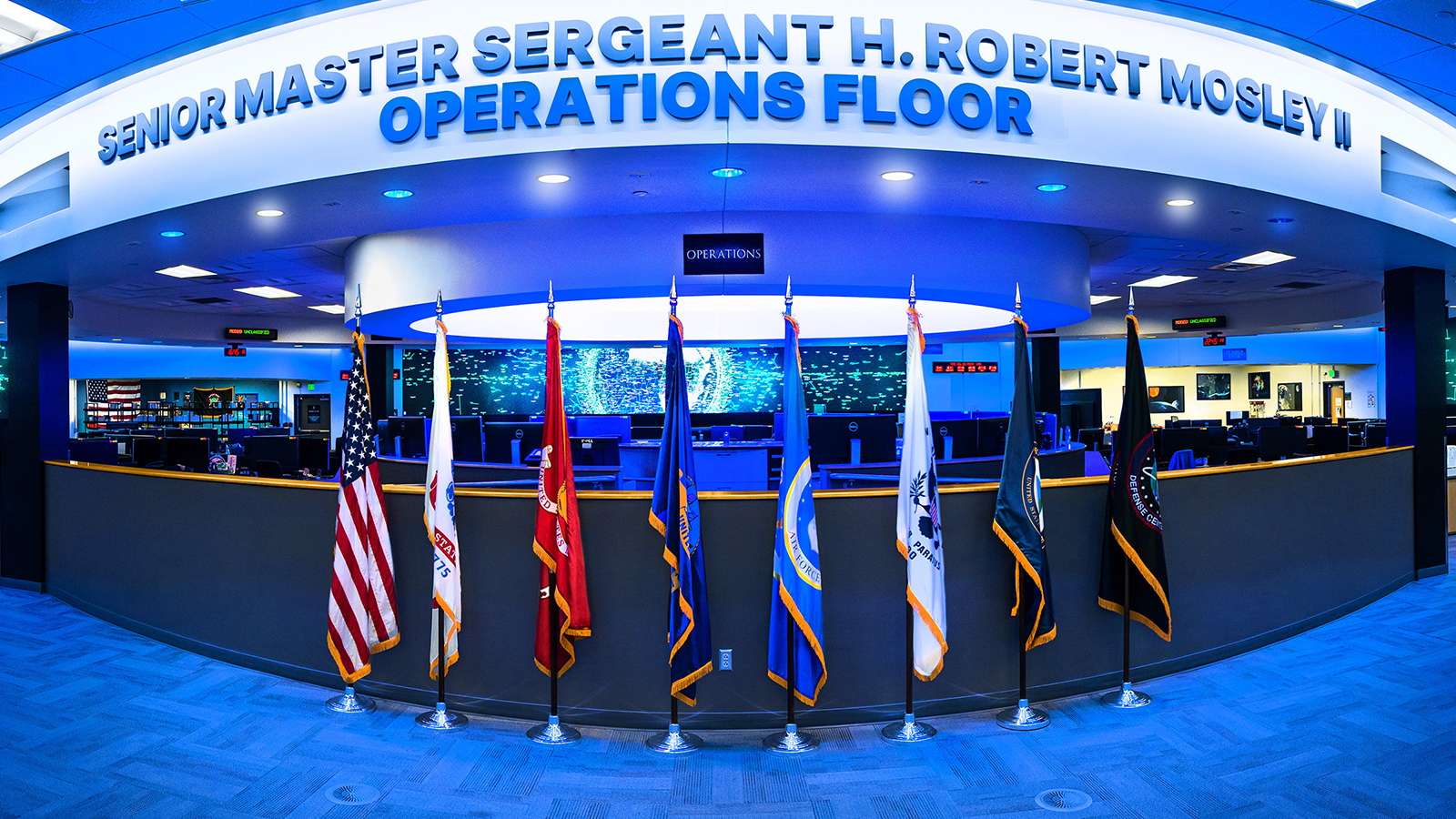Stay Up to Date
Submit your email address to receive the latest industry and Aerospace America news.
Panelists agree with call for Commerce Department to take lead
U.S. lawmakers may be seizing on the wrong question with their focus on which agency should be in charge of identifying and tracking myriad satellites and pieces of debris in orbit and issuing collision warnings.
“I think the more important question is what do we mean by space traffic management?” said Tim Maclay, CEO of Maryland analytics firm Celestial Insight, at a Monday panel at the virtual AIAA Propulsion and Energy forum. “Who actually does it is less important as long as we start making some progress and doing it thoughtfully.”
During the panel on “Sustaining the LEO Ecosystem,” moderator Darren McKnight of the Centauri consulting firm in Virginia asked each panelist whether they agreed with last week’s recommendation from the National Academy of Public Administration, an arm of Congress, to assign the space traffic management mission to the Commerce Department’s Office of Space Commerce. Each panelist said a version of “yes.”
The shift, which Congress would need to fund, would put Commerce in charge of monitoring nonmilitary satellites and issuing collision warnings. That work is currently done by the Defense Department at the National Space Defense Center in Colorado, where military personnel and contractors monitor large screens and maintain a catalog of objects in orbit and notify satellite operators about likely collisions.
The Trump administration tried to shift these responsibilities to Commerce in 2018, but Congress delayed the transition by refusing to pass funds for it. Senate appropriators last year ordered NAPA to study how the Commerce Department ranked against other agencies, including FAA and NASA, in terms of their ability to take over the role from the Defense Department.
“Quite honestly, as an owner-operator, we’re ambivalent as long as it’s being done,” said Walt Everetts, vice president of space operations and engineering at Iridium. He called the Office of Space Commerce a “fine choice, but I think we’ve probably debated it too long.”
The authors of the NAPA report urged Congress to grant the Office of Space Commerce the necessary funding “without delay,” an urgency that each panelist underscored. Michael Nicolls of LeoLabs pointed to projections that the number of satellites orbiting below 1,000 kilometers will increase drastically in the coming years as companies launch the first tranche of spacecraft for planned megaconstellations aiming to provide global broadband coverage from low-Earth orbit.
“In LEO we lack data, and this means we lack actionable data and insights,” said Nicolls, chief technology officer of the Silicon Valley startup whose phased-array radars in Alaska, Texas and New Zealand detect when satellites and debris are at risk of colliding.
If some or all of these megaconstellations come to fruition, avoiding collisions among these satellites and debris will become much harder. Without a way to warn against and prevent collisions, satellite operators might one day find it impossible to operate their spacecraft in LEO, warned Clare Martin, executive vice president for operations and programs at Astroscale U.S.
“We can’t accidentally close [LEO] to ourselves because we didn’t think far ahead,” Martin said.
About cat hofacker
Cat helps guide our coverage and keeps production of the print magazine on schedule. She became associate editor in 2021 after two years as our staff reporter. Cat joined us in 2019 after covering the 2018 congressional midterm elections as an intern for USA Today.
Related Posts
Stay Up to Date
Submit your email address to receive the latest industry and Aerospace America news.




